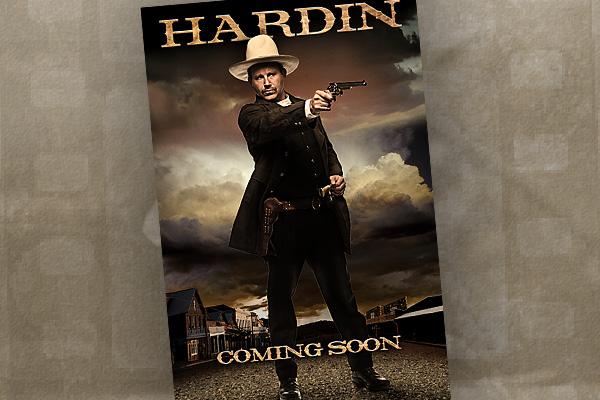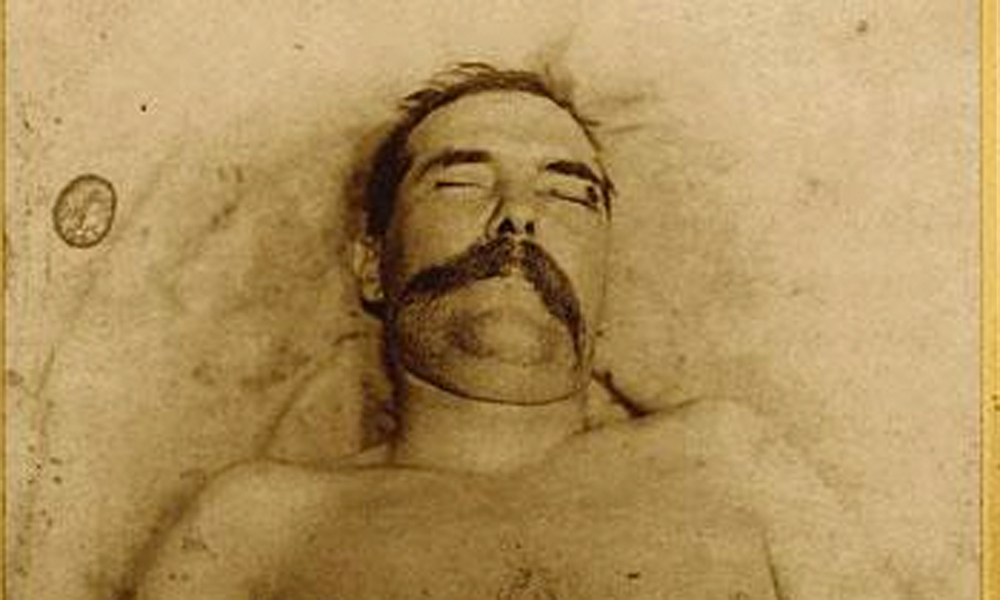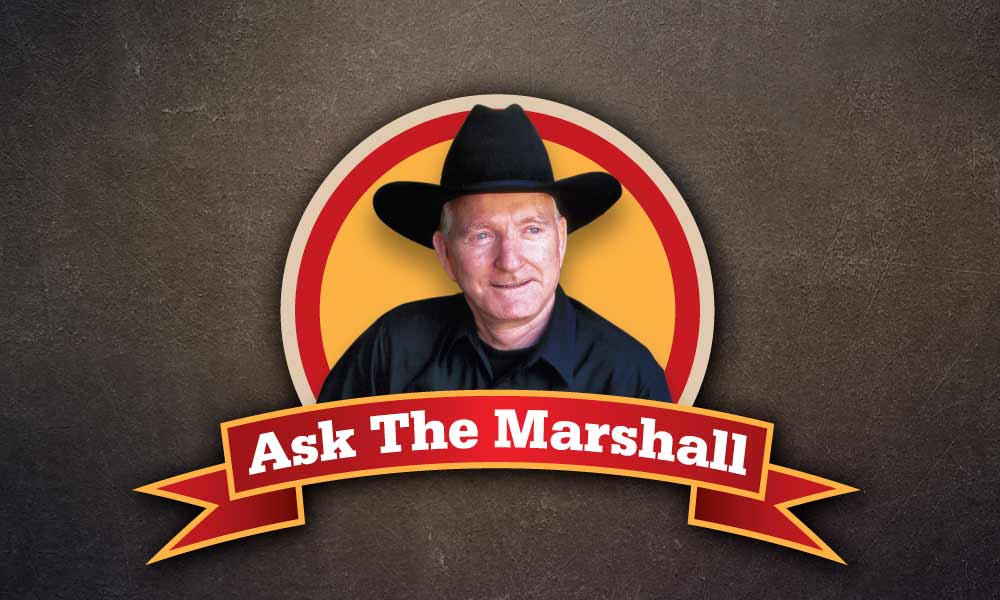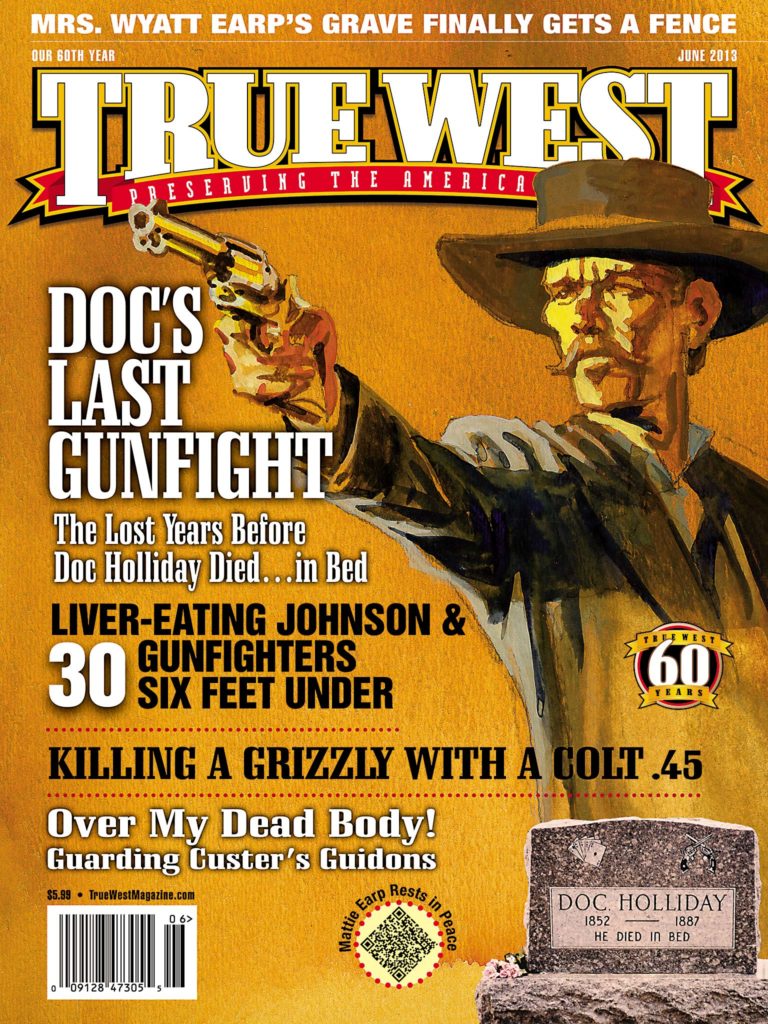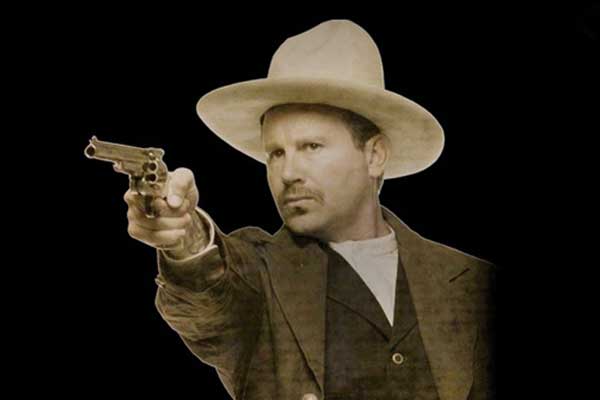 Few movie producers can claim to being enshrined on the surface of the moon. Larry Zeug is the exception: “When I worked at Rocketdyne, I was in the experimental department, and we built the LEM that landed on the moon. They had a plaque that we all signed, and it was engraved. So my name’s on the moon.”
Few movie producers can claim to being enshrined on the surface of the moon. Larry Zeug is the exception: “When I worked at Rocketdyne, I was in the experimental department, and we built the LEM that landed on the moon. They had a plaque that we all signed, and it was engraved. So my name’s on the moon.”
A lifelong firearms collector and a member of the Palmetto Muzzle Loaders Club since the age of 11, Zeug spent 32 years in the aerospace industry, with side trips around the world for competitive boat racing, before he ever set foot on a movie set.
Providence saw fit to grant 1993’s Tombstone as his first film. “I met Peter Sherayko, and he brought me in,” Zeug says. “Peter supplied the guns, and I ended up being the gunsmith for the show, keeping the Colt Lightnings working and repairing shotguns because the stunt
guys would break the stocks. I was also one of the buckaroos in the movie. I was all over the place, but I didn’t know the movie industry.”
The movie industry got to know Zeug as a firearms expert. Film and television projects came his way because, “I’m usually the armorer on a show; I ride, I do special effects, I can shoot off the back of a horse. I can do pretty much anything you can think of in a movie.”
While Zeug was working on 2006’s The Far Side of Jericho, starring C. Thomas Howell, New Mexico historian Drew Gomber gave Zeug a book he had written: “It was called Past Tense: American Souls,” Zeug says, “and the first part is a story he wrote about John Wesley Hardin. It’s only 13 pages long, but I thought it had everything you need to make a movie: love, action. And it was all true.”
Zeug began work to produce the most authentic film about Hardin, with the first step being, as always, a good script. No fan of Raoul Walsh’s 1953 film The Lawless Breed, starring Rock Hudson as Hardin (“It’s horrible”), the producer wanted an entirely real approach to the outlaw’s life, with no compromises.
The first attempt took a year, and Zeug wasn’t satisfied. “The writer just didn’t get it,” he says. “I told him it couldn’t sound like some guy narrating a History Channel show. A movie has to be dramatic.”
He hired a new screenwriter, who failed completely: “The worst screenplay I’d ever read. It was like something for Howdy Doody.”
“My wife was the one who asked, ‘Larry, why don’t you write the script?’ I’m a single-finger typist. It takes me forever to write an e-mail, much less a script. Well, my wife can type as fast as I can talk, so we sat down and we wrote that screenplay in 17 days.”
With the help of his wife, Linda Ann Head, Zeug got a script of Hardin’s life just the way he wanted it. When the script made the rounds, it attracted high interest, but no one was coming through with funding.
Finally, the script found its way into the hands of actor and producer Justin Ament, who Zeug had worked with on the 2009 movie Shadowheart. “Justin Ament wanted to go about getting it financed in Oregon. The people he talked to really loved the script. The bank of Oregon wanted to fund us for $25 million to shoot the movie there,” Zeug says. “I did an investigation on where we could build a town, and we were all set for Oregon.
“I got a call from Justin asking if I’d give up money to shoot in Texas. I said definitely. This is a Texas story. They asked if I’d give up $15 million, and I would. We could shoot it for $10 million in Texas, because it was important to be there. This is where it actually happened. It’s not about money.”
For Zeug, accuracy is always in the forefront: “You’re going to see firearms in this movie that most people have never seen in their lifetime. Even the collectors haven’t seen. I’m supplying all the firearms and all the gunleather. One of the rifles is a Ward-Burton single-shot, bolt-action rifle. Made in 1871, and they only made a thousand of them.
“The guns we have for Hardin are real Smith and Wesson First Model Russians, which are the guns that he carried when he got the drop on Wild Bill Hickok. We do all of this in the movie. I had a holster made by a guy in Oregon, to match Hardin’s holster, with the cartridge belt on the outside. Hardin had that made especially, so it’s strictly his design.”
With funding, a script, Texas locations and Zeug’s attention to detail all in place, Bob Misiorowski signed on as Hardin’s director. The two filmmakers have a solid history, going all the way back to Tombstone, which Misiorowski coproduced. As a director, Misiorowski has specialized in action films, like 2002’s Derailed, starring Jean-Claude Van Damme.
Casting for Hardin has moved along swiftly, with Michael Biehn, Frank Stallone, Marshall Teague and Jennifer Blanc already set for parts, with the title role going to a major name. Now, with production slated to start this May, at the famed Alamo Village in Brackettville, Texas, this part of the journey, that started more than eight years ago, is almost over. A new one is about to begin.
The timing is all fine with Zeug. His passion for telling the true story of John Wesley Hardin has carried him this far. “I’ve been working on this show for years,” he says. “This isn’t an overnight thing.”


